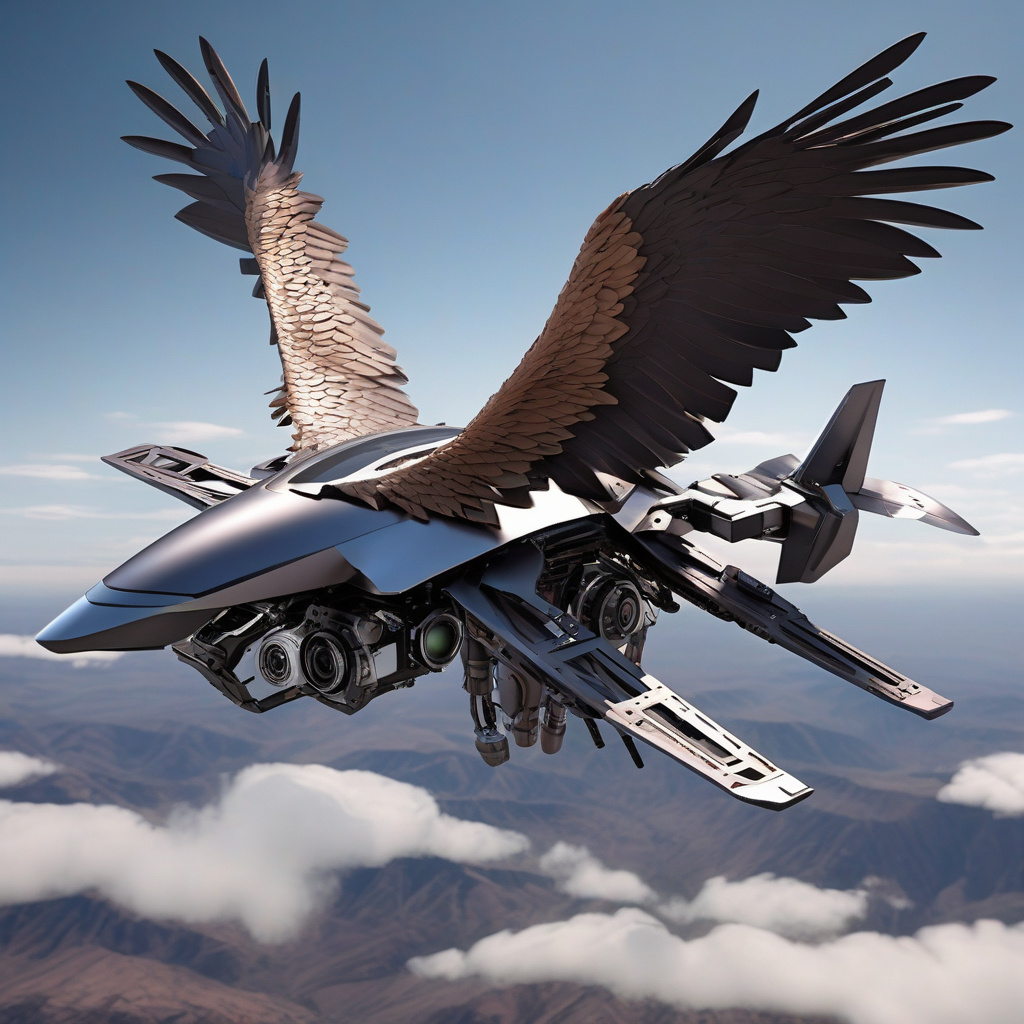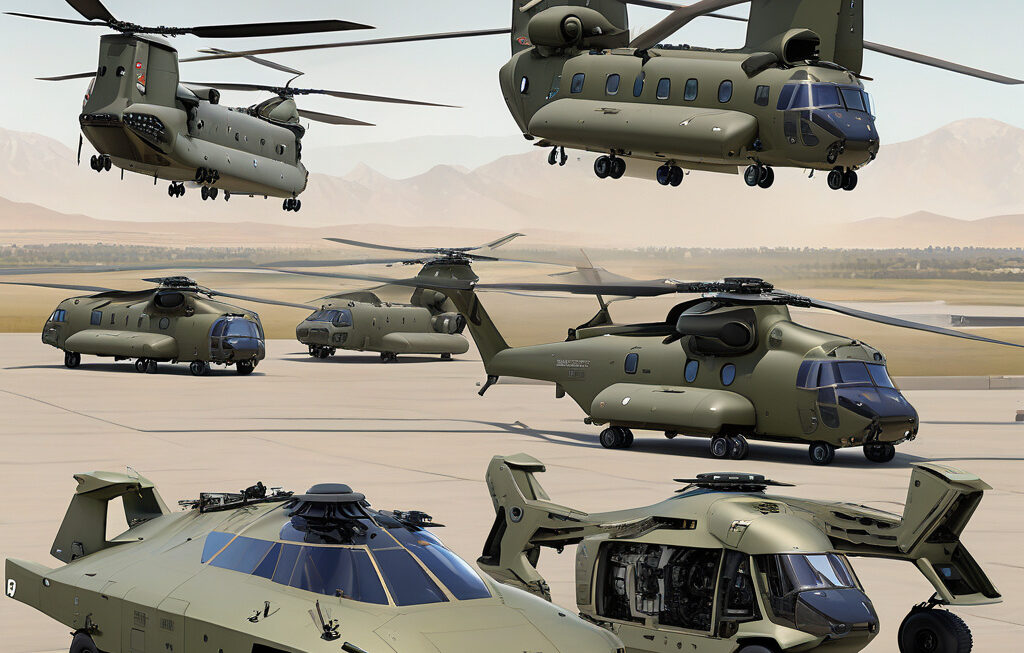US Air Force Gets Eagle-Inspired Robots that Glide at 109 mph with 500-Pound Payload
The US Air Force has inducted multiple aerial cargo glider systems to improve its autonomous capabilities and enhance mission effectiveness. These cutting-edge robots, inspired by the majestic flight of eagles, can soar through the skies at speeds of up to 109 mph while carrying an impressive 500-pound payload.
This innovative technology marks a significant advancement in the field of aerial logistics, offering the Air Force a versatile and efficient solution for transporting essential supplies and equipment to remote or inaccessible locations. By harnessing the principles of biomimicry and integrating them with state-of-the-art engineering, these eagle-inspired robots represent a leap forward in military logistics and strategic operations.
The design of these gliders draws inspiration from the soaring flight of eagles, renowned for their grace, precision, and power in the air. By emulating nature’s own aerodynamic masterpieces, engineers have created a system that combines efficiency with agility, allowing for swift and stealthy transportation of critical assets across varying terrains and environments.
One of the key advantages of these glider systems is their autonomous capabilities, which reduce the need for direct human intervention and enable unmanned operations in challenging scenarios. This not only enhances the safety of Air Force personnel but also extends the reach and flexibility of logistical missions, opening up new possibilities for rapid deployment and resupply efforts.
Moreover, the impressive payload capacity of 500 pounds ensures that a wide range of supplies can be transported, from medical supplies and emergency aid to communications equipment and tactical gear. This versatility makes the glider systems invaluable for a variety of mission profiles, including disaster relief operations, special forces support, and forward operating base resupply.
In addition to their speed and payload capacity, these eagle-inspired robots are equipped with advanced navigation and communication systems, allowing for real-time monitoring and control from command centers. This level of connectivity and situational awareness enhances the overall effectiveness of missions and enables seamless integration with existing Air Force infrastructure and operations.
As the US Air Force continues to prioritize innovation and technological advancement, the integration of these glider systems represents a forward-looking approach to meeting the evolving demands of modern warfare. By leveraging nature-inspired design principles and cutting-edge engineering, the Air Force is enhancing its logistical capabilities and ensuring that it remains at the forefront of military innovation.
In conclusion, the induction of eagle-inspired robots that can glide at 109 mph with a 500-pound payload underscores the US Air Force’s commitment to harnessing the latest technologies for strategic advantage. With these advanced glider systems, the Air Force is poised to redefine the future of aerial logistics and set new standards for autonomous operations in defense environments.
US Air Force, eagle-inspired robots, aerial logistics, military innovation, autonomous operations












